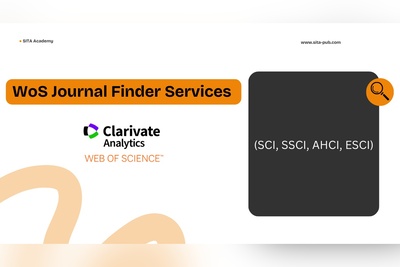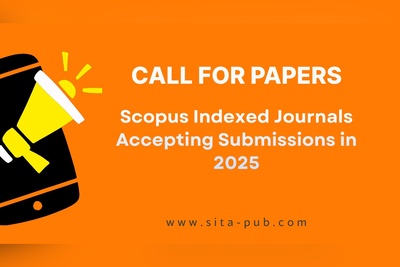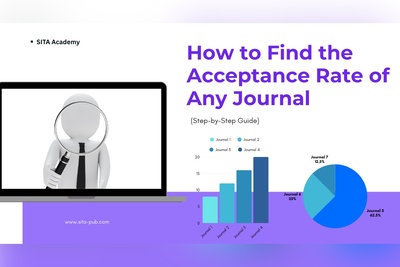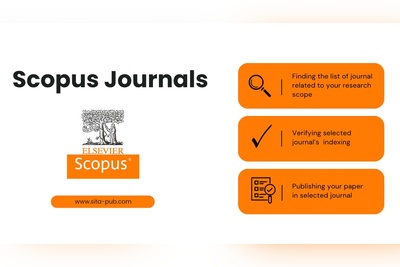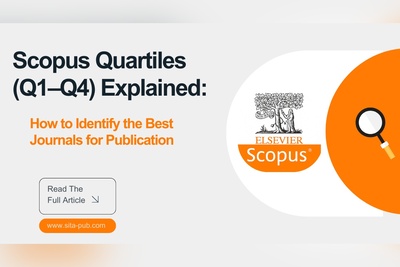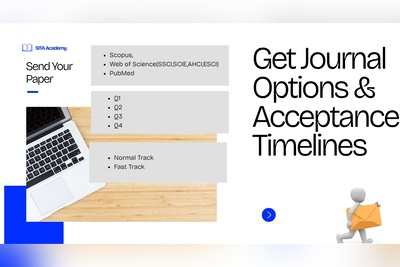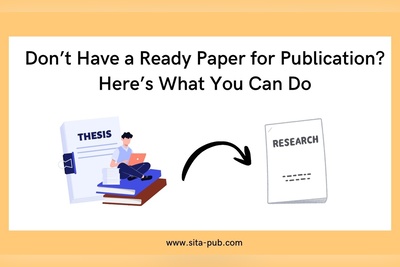Scopus Quartiles (Q1–Q4) Explained: How to Identify the Best Journals for Publication
Learn how Scopus quartiles (Q1–Q4) and Scimago Journal Rank (SJR) quartiles help researchers select the best journals for publication. Understand the differences, impact, acceptance timelines, and practical tips for publishing strategically.
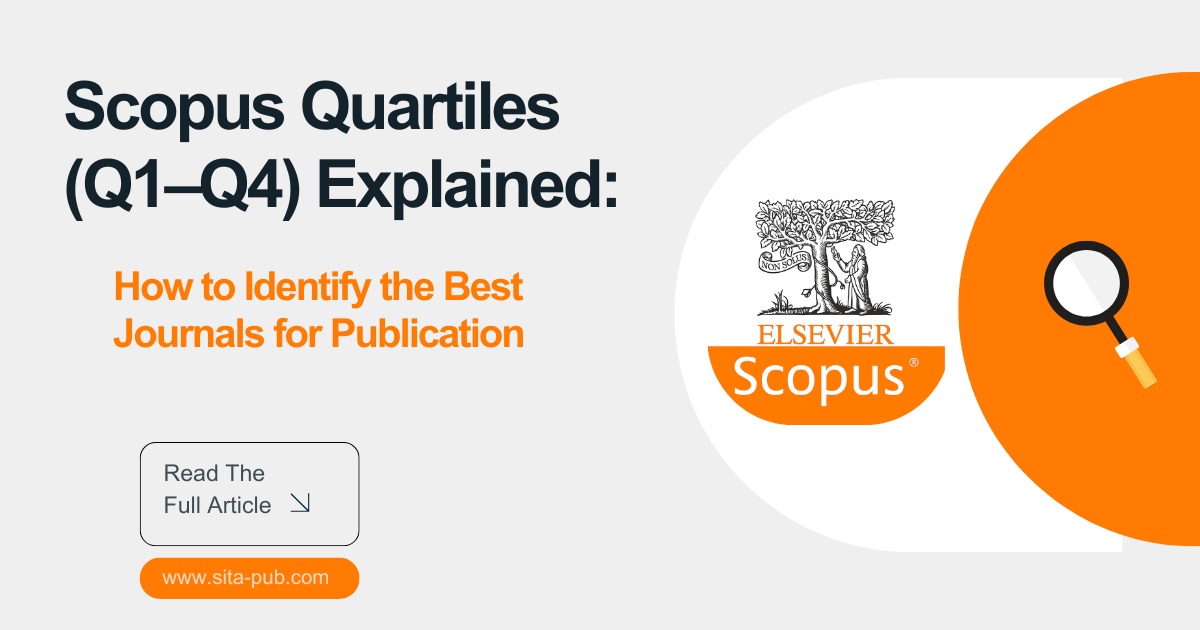
Understanding how journals are ranked, particularly through Scopus quartiles (Q1–Q4) and Scimago Journal Rank (SJR) quartiles, is essential for making informed decisions. This guide provides a detailed, practical explanation of journal quartiles, their significance, and step-by-step tips for selecting the right journal for your research.
What Are Scopus Quartiles (Q1–Q4)?
Scopus quartiles are a ranking system used to classify journals based on their impact and performance within specific subject areas. Unlike simple citation counts, quartiles provide a relative ranking among journals in the same discipline, helping researchers identify the most influential journals. Many researchers search for terms like “scimago journal rank quartiles q1 q2 explanation”, “q1 journal meaning”, or “what is a Q1 journal” when trying to understand the publishing landscape.
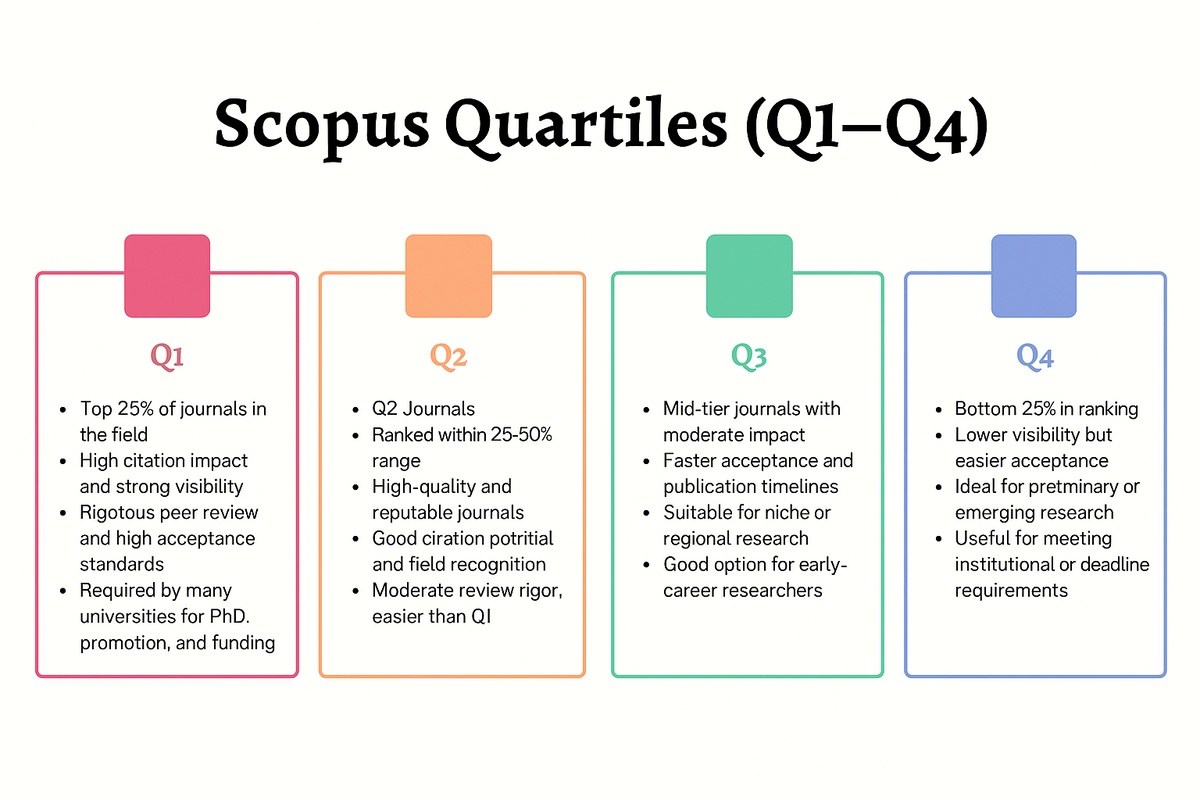
Here’s a practical explanation of each quartile:
Q1 Journals
Q1 journals represent the top 25% of journals in a discipline. They are recognized for:
High citation impact: Articles are cited frequently, increasing the visibility of your work.
Rigorous peer review: Manuscripts undergo thorough evaluation for originality, methodology, and significance.
Institutional recognition: Often required for PhD submission, faculty promotion, and research funding.
Publishing in a Q1 journal maximizes citations, boosts professional reputation, and meets the requirements of most universities and funding agencies.
Q2 Journals
Q2 journals fall in the 25–50% range. These journals are high-quality but slightly less competitive than Q1. Benefits include:
Strong visibility within the field
Good citation potential
Moderate peer review rigor, making acceptance slightly easier than Q1
Q3 Journals
Q3 journals are considered mid-tier. They typically have:
Moderate citation impact
Faster acceptance and publication timelines
Flexibility for niche or region-specific studies
While Q3 journals may not provide the same prestige as Q1 or Q2, they can be valuable for early-career researchers or when speed of publication is a priority.
Q4 Journals
Q4 journals represent the bottom 25% of journals in a field. Key characteristics include:
Lower citation rates and visibility
Easier acceptance for manuscripts
Often suitable for preliminary studies or emerging research topics
Researchers sometimes ask, “what is a Q4 journal?” or “is Q4 journal good?”. While not ideal for maximizing citations, Q4 journals can serve strategic purposes, such as meeting institutional requirements or quickly disseminating new findings.
Comparison Table of Q1–Q4 Journals
Aspect | Q1 | Q2 | Q3 | Q4 |
Ranking Percentile | Top 25% | 25–50% | 50–75% | Bottom 25% |
Citation Impact | Very High | High | Moderate | Low |
Peer Review Rigor | Very Strict | Strict | Moderate | Moderate |
Acceptance Rate | Low | Medium | Higher | High |
Ideal For | Original, high-impact research | Strong research | Regional/niche topics | Early-stage/preliminary studies |
Timeline | Long | Medium | Faster | Fastest |
Institutional Requirement | Often required | Preferred | Sometimes acceptable | Rarely required |
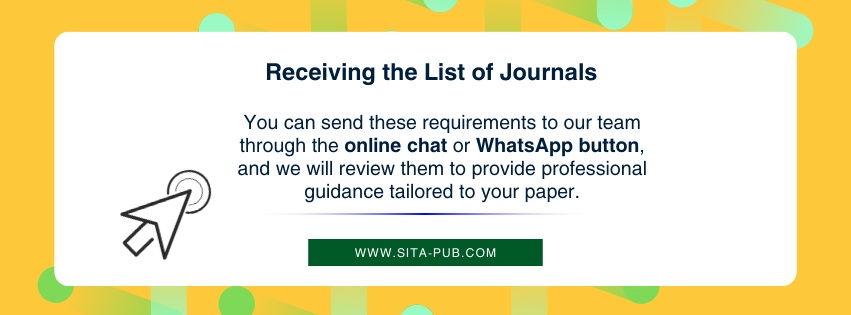
Why Are Scopus Quartiles Important for Researchers?
Understanding Scopus quartile ranking is not just academic—it has real implications for career development, visibility, and research impact.

Institutional Requirements
Many universities and institutions have strict guidelines for publications. Students, PhD candidates, and faculty members are often required to publish in Q1 or Q2 journals.
Increasing Citations
High-quartile journals attract more readers and are cited more frequently. For researchers, publishing in Q1 or Q2 journals ensures their work reaches a larger audience and contributes more substantially to the scientific community.
Acceptance Timeline
The quartile also affects publication speed. While Q1 journals are more competitive and can take months to review, Q3 and Q4 journals often provide faster acceptance. This is important for researchers needing quick publication, such as for grant applications or graduation requirements.
Research Reputation
Publishing in high-quartile journals establishes credibility and builds a professional reputation. Researchers are highly concerned about the prestige associated with Q1 journals.
Funding and Grants
Some funding agencies and research councils prioritize or require publications in high-quartile journals. Q1 publications are often considered more credible when applying for research grants.
Scimago Journal Rank (SJR) Quartiles Explained
The Scimago Journal Rank (SJR) is another way to evaluate journals. Unlike raw citations, SJR takes into account the prestige of journals citing the work, making it a weighted measure of influence.
Definition: SJR measures the number of weighted citations received by a journal.
Checking Quartiles: Researchers often want guidance on “how to check quartile of a journal in Scopus” or “SJR quartile meaning”.
Step-by-Step Guide to Check SJR Quartile
Enter the journal name in the search bar.
Click on the journal profile.
Check the SJR score and its quartile (Q1–Q4) in your discipline.
Compare this with Scopus quartile rankings for a full understanding.
By combining SJR quartiles with Scopus quartiles, researchers can make informed decisions about visibility, citation potential, and prestige.
Common Questions About Quartiles
Here are some practical, frequently asked questions that reflect the actual concerns of researchers:
What is a Q1 journal and why is it important?
How do Q1, Q2, Q3, and Q4 journals differ in citations, impact, and acceptance?
Can I publish my thesis-derived research in a Q2 or Q3 journal for faster acceptance?
How do I identify journals that meet my required quartile (Scopus, SJR)?
Are Q3 and Q4 journals acceptable for institutional evaluation?
How do SJR scores affect the perception of a journal?
Answering these questions helps researchers understand both technical metrics and strategic choices when selecting journals.
Practical Checklist for Selecting the Right Journal

When selecting a journal, consider these practical tips:
Publication Speed:
Faster publication timelines are often found in Q3 and Q4 journals.
Citation Potential:
If visibility and citations are your priority, target Q1 and Q2 journals.
Original Research vs Reviews:
Ensure your manuscript type matches journal scope. Q1 journals often prioritize highly original work.
Indexing Requirements:
Decide if you need the journal indexed in Scopus, Web of Science, or SJR.
Institutional Requirements:
Some universities require Q1 or Q2 for theses or faculty promotion.
Article Processing Charges (APCs):
Verify fees to avoid unexpected costs.
Peer Review Rigor:
High-quartile journals are more competitive. Consider whether rigorous review aligns with your timeline.
Regional vs Global Focus:
Q1 journals usually have a global readership, while Q3/Q4 may have regional relevance.
Choosing Journals Based on Publication Goals
Goal | Suggested Quartiles | Notes |
Faster Publication | Q3, Q4 | Accepts manuscripts faster, but less impact |
Higher Citation | Q1, Q2 | Best for visibility, global recognition |
Original Research | Q1 | Requires rigorous methodology and novelty |
Niche or Regional Topics | Q3, Q4 | Moderate impact, faster acceptance |
Institutional Requirement | Q1, Q2 | Preferred for PhD or faculty promotion |
Conclusion
Understanding Scopus quartiles (Q1–Q4) and Scimago Journal Rank (SJR) quartiles is critical for researchers aiming to publish strategically. These metrics guide you in selecting journals that balance visibility, citations, acceptance timelines, and institutional requirements.
By using practical tools and checklists, you can:
Identify high-impact journals (Q1) for maximum recognition
Select mid-tier journals (Q2/Q3) for faster publication
Check SJR quartiles and Scopus rankings to ensure alignment with your research goals
With this knowledge, you can confidently choose journals that maximize the impact and reach of your research, while fulfilling institutional and funding requirements.
Ready to Publish in Scopus Journals?
At SITA Academy, we help you identify the most suitable journals for your research based on quartiles, scope, and your specific requirements. Once you confirm, our team will manage the entire publication process from start to finish, ensuring your paper meets all journal standards.
Benefits of our services:
Personalized journal selection aligned with your research field and goals
Guidance on quartiles, impact, and indexing requirements
Full support with submission, formatting, and compliance
Optimized for faster acceptance and higher visibility
Trusted by researchers and institutions worldwide

Verified Contact Channels
If you have any questions, inquiries, or would like to learn more about our services, please don't hesitate to reach out to us. Our dedicated team is ready to assist you.





